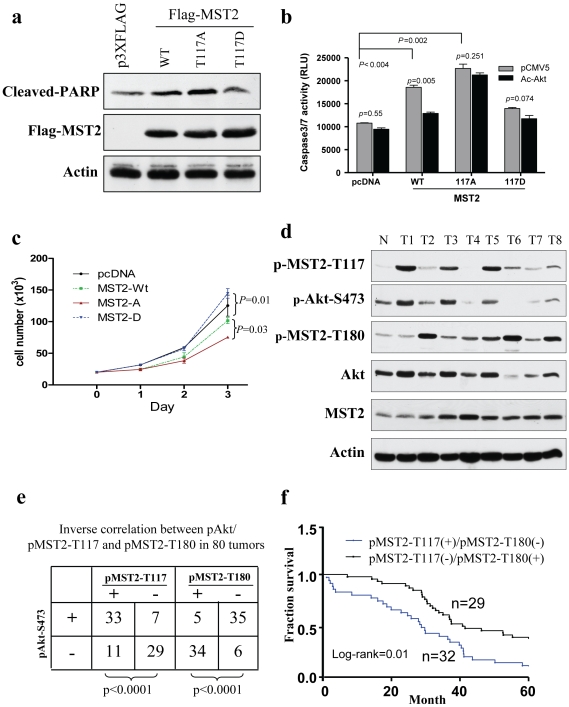Figure 5. Akt inhibition of MST2 cellular function depends on the phosphorylation of Thr117.
(a) MST2-T117A increases PARP cleavage. HEK293 cells were transfected with indicated plasmids and then immunoblotted with indicated antibodies. (b) Akt inhibits WT-MST2 but not MST2-T117A-induced apoptosis. HEK293 cells were transfected with indicated plasmids. After 36 h of transfection, caspase3/7 activity was measured. The experiment was repeated three times in triplicate. (c) Cell growth curve. Indicated plasmids were introduced into HEK293 cells. Cell number was accounted daily for three days. MST2-T117A significantly inhibited whereas MST2-T117D increased cell growth compared to cells transfected with MST2 or vector alone. (d) Representative breast cancer specimens were lysed and immunoblotted with indicated antibodies. (e) Inverse expression of pMST2-117/Akt-S473 and pMST2-T180 was detected in majority of human breast tumors. (f) Overall survival (OS) in patients with high pMST2-T117/low pMST2-T180 (n = 32) versus low pMST2-T117/high pMST2-T180 patients (n = 29) was plotted by the Kaplan-Meier method. Statistical comparison of survival between groups with the log-rank statistic analysis suggests that patients whose tumors express pMST2-T117 (+)/pMST2-T180 (−) had poor survival compared to those with pMST2-T117 (−)/pMST2-T180 (+) (P = 0.01).

